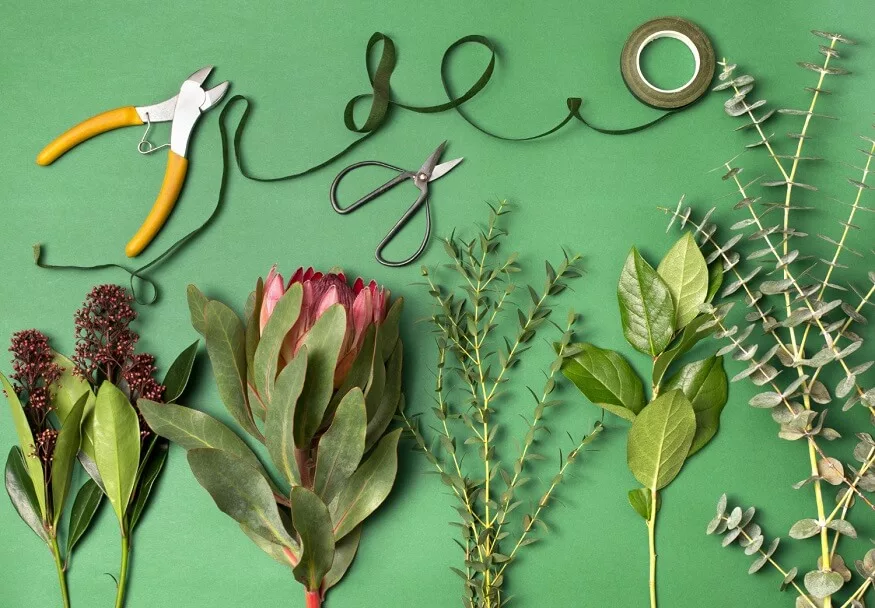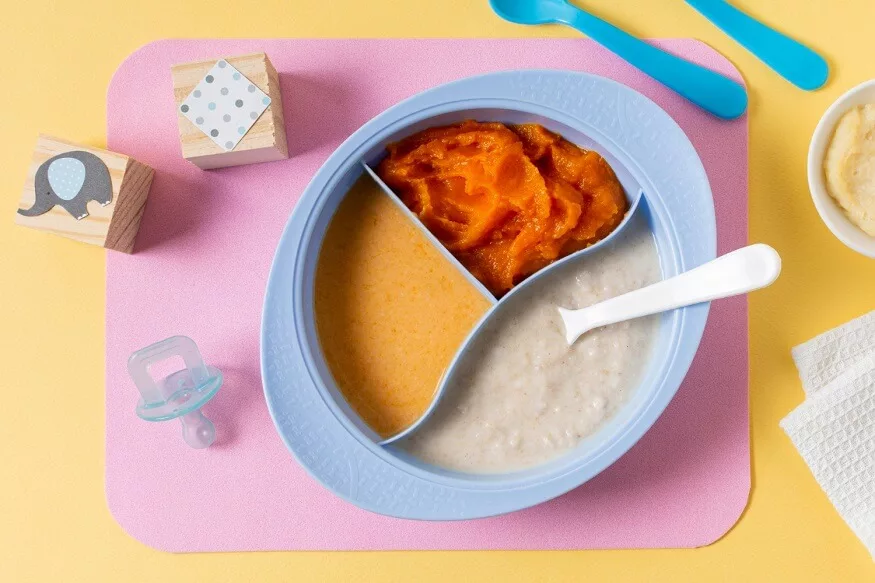Creating fun and educational plant crafts is a wonderful way to engage preschoolers in learning about the natural world. These activities not only foster creativity but also help young children understand the importance and beauty of plants in our environment. In this article by EuroSchool, read about what are plant crafts and plant craft ideas for preschoolers
What are plant crafts?
Plant crafts are creative activities that involve using plants or plant materials as the primary resource or inspiration. These crafts are particularly popular in educational settings, especially for young children, as they provide a hands-on way to learn about nature, plants, and the environment. The essence of plant crafts lies in their ability to blend art and science, offering a multifaceted approach to learning and creativity.
Also Read: Recognising poisonous plants and animals
Key aspects of plant crafts:
Plant crafts offer a unique blend of creativity and learning. Here, we explore their key aspects, from educational value to environmental awareness, which make them a hit with young learners.
- Educational Value: They teach children about different types of plants, their parts, growth processes, and the ecological significance of plants in our world.
- Sensory Experience: Working with plant materials like leaves, seeds, flowers, and stems provides a tactile experience, helping children engage with textures, scents, and colours.
- Creativity and Imagination: Plant crafts allow children to use their imagination to create art, fostering creativity and artistic skills.
- Environmental Awareness: Through these activities, children learn about the importance of plants in our ecosystem, instilling a sense of environmental stewardship.
- Practical Skills: These crafts often involve skills like cutting, glueing, painting, and arranging, aiding in the development of fine motor skills.
Also Read: How to create leaf art and drawing for children
Plant Craft Ideas
Examples of plant crafts include making leaf prints, creating collages with seeds, building miniature greenhouses, and using flowers for dyeing or printing. These activities can be tailored to different age groups and can range from simple projects like pressing leaves in a book to more complex ones like constructing a terrarium. Here are several plant craft ideas, each designed to be engaging, simple, and informative for preschoolers.
- Seed Collage Art
- Discuss the different types of seeds with the children, touching on their sizes, shapes, and textures.
- Have the preschoolers create a collage by glueing different seeds onto cardboard to form a picture or pattern.
- Parts of Plants Craft
- Cut out different parts of a plant (leaf, stem, root, flower, etc.) from construction paper.
- Ask the children to assemble these parts on a larger sheet, creating a complete plant.
- Label each part and discuss its function, helping children understand the structure of plants.
- 5-Minute Sprout Houses
- Moisten the cotton balls and place them in the Ziplock bags with a few seeds.
- Seal the bags and tape them to a window where they will get sunlight.
- The seeds will sprout in a few days, offering a quick and fascinating look at the early stages of plant growth.
- DIY Miniature Greenhouses
- Fill the cups with soil and plant seeds.
- Cover the top with another inverted clear cup and tape them together.
- These mini greenhouses create a perfect humid environment for seeds to germinate.
- Leaf Painting and Printing
- Paint the leaves and press them onto paper to create leaf prints.
- Plant Crafts for Preschoolers: Garden Markers
- Paint or write the names of various plants on the stones or sticks.
- Use these as markers in a real or imaginary garden.
- Recycled Bottle Terrariums
- Cut the bottles in half and create a small terrarium using soil, pebbles, and plants.
- Nature’s Mosaic
- Create a mosaic using natural materials.
- DIY Plant Pots
- Decorate the containers and use them to plant seeds.
- Flower Petal Suncatchers
- Arrange petals and leaves on a piece of contact paper, then seal with another sheet.
- Hang these beautiful suncatchers in a window to catch the light.
- Botanical Memory Game
- Create pairs of cards with identical pictures of plants or leaves.
- Use this game to enhance memory and recognition skills, along with plant knowledge.
- Veggie Stamping
- Cut the vegetables into different shapes. For instance, a bell pepper cut in half reveals a star-like shape, and a potato can be carved into various designs.
- Dip these vegetable ‘stamps’ into paint and press them onto paper to create unique art.
Materials: Various seeds, glue, cardboard or thick paper.
-
Instructions:
This activity introduces children to the diversity of plants right from their very beginnings.
Materials: Construction paper, scissors, glue, markers.
-
Instructions:
Materials: Ziplock bags, cotton balls, seeds (beans work well), water.
-
Instructions:
Materials: Clear plastic cups, soil, seeds, water.
-
Instructions:
Materials: Leaves of various shapes, paint, paper.
-
Instructions:
Discuss the different leaf shapes and patterns, introducing the concept of leaf identification.
Materials: Stones or sticks, paint, markers.
-
Instructions:
This activity is excellent for vocabulary building.
Materials: Plastic bottles, soil, small plants or seeds, pebbles.
-
Instructions:
This introduces the concept of ecosystems and the importance of caring for plants.
Materials: Twigs, leaves, petals, glue, cardboard.
-
Instructions:
This activity is great for exploring textures and colours in nature.
Materials: Old containers (yoghurt cups, etc.), paint, seeds, soil.
-
Instructions:
This teaches responsibility as children care for their growing plants.
Materials: Clear contact paper, flower petals, leaves, scissors, string.
-
Instructions:
Materials: Cardboard, pictures of plants or leaves, glue.
-
Instructions:
Materials: Various vegetables (like potatoes, carrots, bell peppers), paint, paper.
-
Instructions:
This activity is a playful way to introduce children to different vegetables while also exploring patterns and colours.
Also Read: Creating effective environments for learning reflection through play
These plant craft ideas for preschoolers are not only fun but serve as fundamental educational tools. They provide hands-on experiences that nurture a child’s curiosity about nature and help in developing a basic understanding of biology and ecology. Engaging children in such activities at an early age lays the groundwork for a lifelong appreciation and respect for the natural world.
EuroSchool emphasises holistic development by actively engaging students in arts and crafts. Our creative activities are integrated into the curriculum, encouraging self-expression, imagination, and fine motor skills while fostering an appreciation for cultural and artistic diversity.











